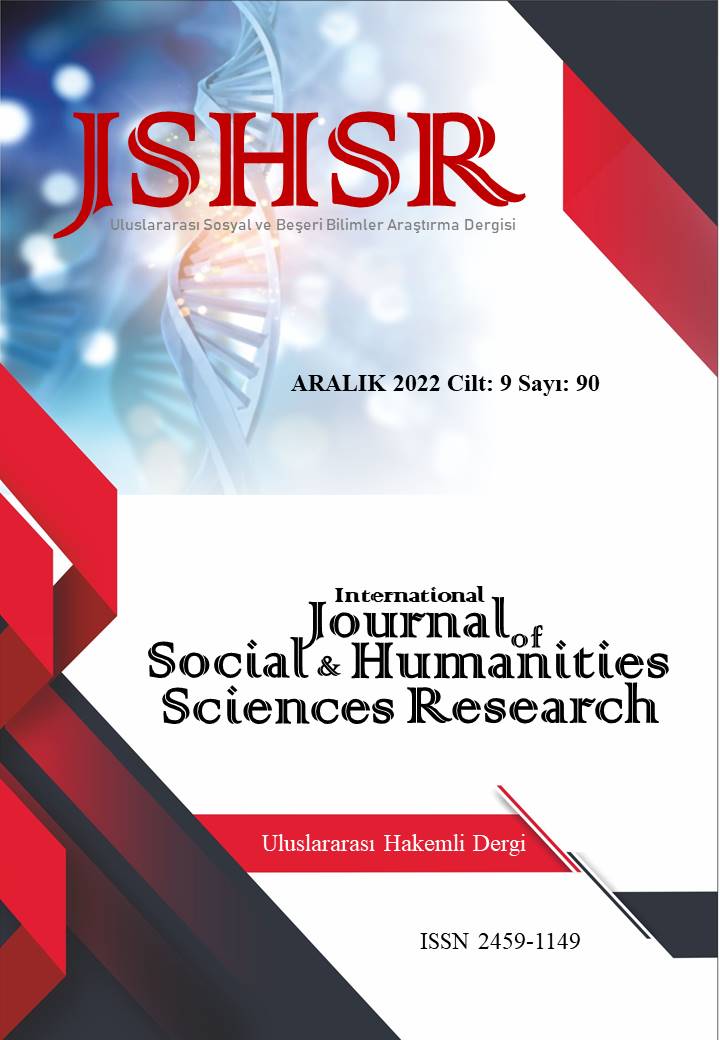URBAN CRIME AND NON PLACE; A SOCIOLOGICAL ASSESSMENT IN THE CONTEXT OF RADICAL CRIMINOLOGY THEORY
DOI:
https://doi.org/10.26450/jshsr.3436Keywords:
Urban, Space, Non Place, Crime, Radical CriminologyAbstract
A relationship can almost always be established between space and guilt. Because spaces are complex multifaceted elements with economic, cultural and social dimensions as well as physical. Social, cultural and economic disintegration and site-specific features between individuals who come together in various places reveal the types of crimes with various crimes. In this context, it can be said that urban areas, which can be considered as places where economic activities differ, high-level division of labor is experienced and individuals live together, also contain crimes peculiar to them with their unique formations, functioning and structures.
Today, the transformations in the economic, cultural, technological and political fields have brought along a series of changes that also affect the physical areas of the cities. It is possible to associate this change with the emergence of “non-existent spaces” that can be communicated at an imaginary level by breaking away from the history, geographical, cultural and social ties of urban areas.
This study focuses on understanding the effects of non-localization on the emergence of urban crime and the shaping of crime within the framework of radical criminology theory. The theory of "radical criminology"; analyzes crime formation to a large extent by considering the cultural, economic, political, demographic and social characteristics of the society as a whole. However, the theory has deepened this macro-framework, which is mainly used for crime analysis, by including factors such as family dissolution, urban structure, density, learning, and socialization.
Here, the phenomenon of urban crime will be discussed with a radical criminological perspective and the effects of non-existent space on the shaping of urban crime will be analyzed.
Downloads
Published
How to Cite
Issue
Section
License
Copyright (c) 2022 INTERNATIONAL JOURNAL OF SOCIAL HUMANITIES SCIENCES RESEARCH

This work is licensed under a Creative Commons Attribution 4.0 International License.


